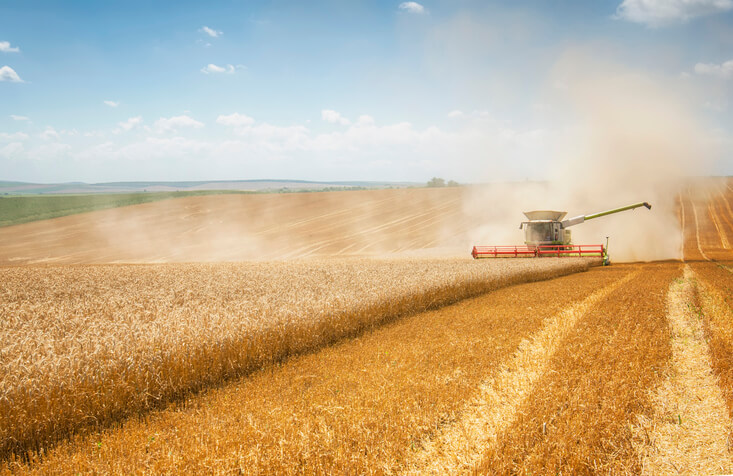Insight Focus
With the US winter wheat harvest last reported at 71% complete, the quantity and quality are looking promising. On the other side of the pond, the French, UK and German harvests look poor and in parts, catastrophic. But what makes a ‘good’ or ‘bad’ crop?
The Big Harvest Debate
Well before combines start their engines, farmers have an inkling as to what sort of crop they are expecting. Fundamentally, these feelings are driven by the weather endured by plants throughout their growing season.
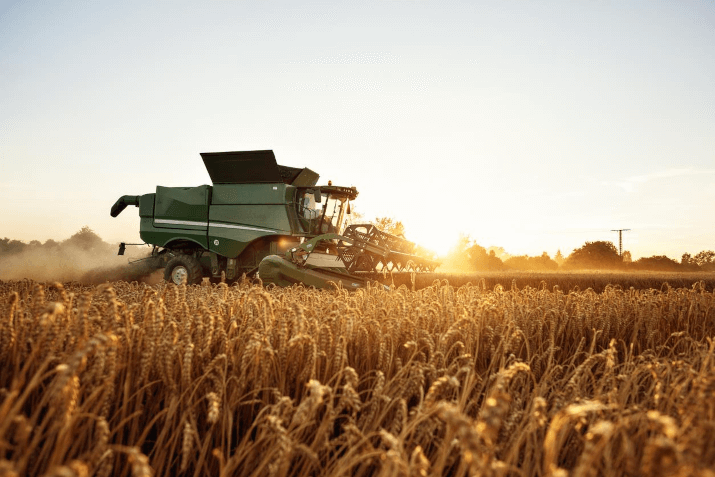
Source: iStock
While the farmer may have an idea going into harvest of what he or she is expecting from their own individual farm, the wider trade is assessing the varying reports from different regions to grasp an overall picture of volume and possible qualities.
Perfect conditions for drilling, fertilising, spraying and harvesting all enhance the crop’s ability to produce the optimum yield and quality, especially if rain and sunshine have prevailed in the correct amounts at the right time.
Of course, perfect years are rare.
The 2024 West European wheat crops have had excessive rains, even before they were planted and throughout their growth. This will destine the big harvest debate to run for many weeks, if not months ahead.
The Weather and Growth Stages
Planting
Well before the drill comes out of the barn, the seed bed into which seeds are planted is vitally important.
Too wet or flooded and the baby plants may not make it out of the soil to the light of day, rotting as they attempt to germinate and tunnel their way to the surface.
Too dry and the seeds will lie dormant with nothing to spark the germination process, leaving the crop potentially patchy and uneven, or unable grow adequately prior to the harshness of winter.
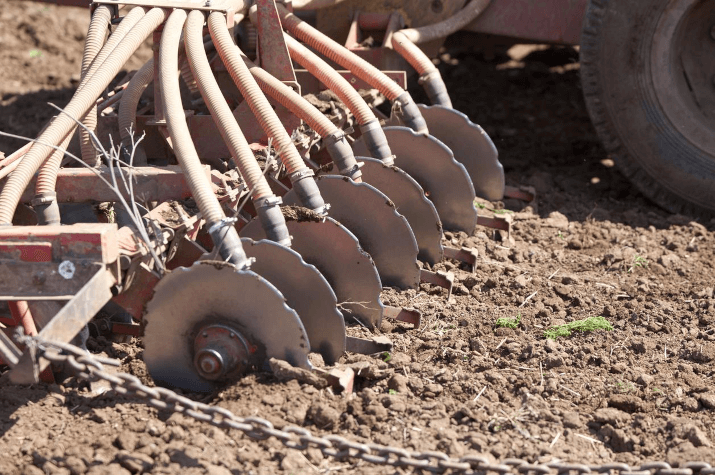
Source: iStock
Growing
Inevitably weather must be kind enough to enable tractors to travel across fields in a timely manner to help the plants through their very specific growth stages.
Pests, weeds and diseases all need to be controlled when they appear, before they irreversibly damage plants.
Fertilisers are time-critical for spurring plants on in their hours of need. Too dry and they cannot be taken up by the plant, with possible volatilisation (evaporation into the air). Too wet and they can be quickly washed through the soil, past the roots and leached into the depths.
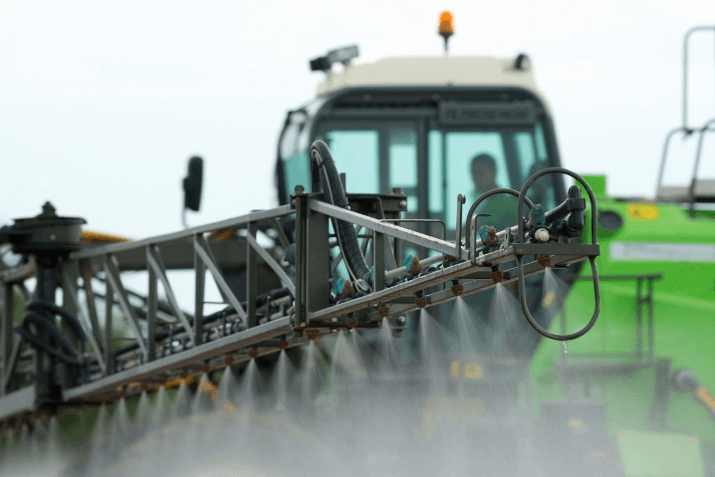
Source: iStock
The root structure is critical to the best growth for crops. In times of drought, roots may dig deep but crops will stress. In times of excess rain, roots may be too shallow to search out nutrients and water later when needed.
Ripening and the home straight
Whatever the weather gods have thrown at wheat crops during their growth, the ripening and harvest periods are as vital as any. The ‘grain fill stage’, post flowering, as the ears ripen, is paramount.
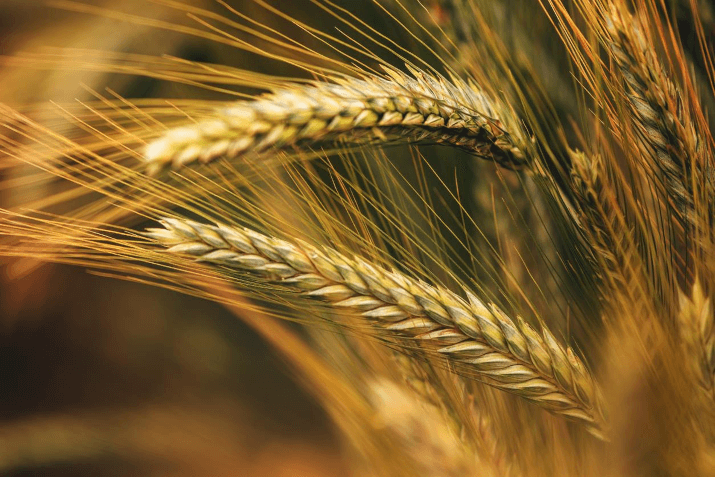
Source: iStock
Roots need access to water, while overhead sunshine will encourage the rate of photosynthesis to produce large berries or grains, ripe for harvest. This drives up — or down where lacking — the specific weight, or bushel weight, of grains.
The Pre-Harvest
Excess rain prior to harvest can have devastating, irreversible effects on a wheat crop and its quality. ‘Lodging’, where plants simply fall over as the weight of saturated heads topple them to the ground, can potentially lead to significant losses as combines struggle to lift and harvest the crop.
‘Hagberg’, critical for any wheat intended for flour milling, can be irreparably damaged by rain in the run up to harvest. In more severe cases, full pre-germination can begin, or ‘sprouting’, possibly rendering the grains unfit for even animal feed.
‘Gluten’, another vital grain quality requirement for the flour milling industry, may be washed out by too much rain in the days leading up to harvest, thus destining grains to the animal feed heap.
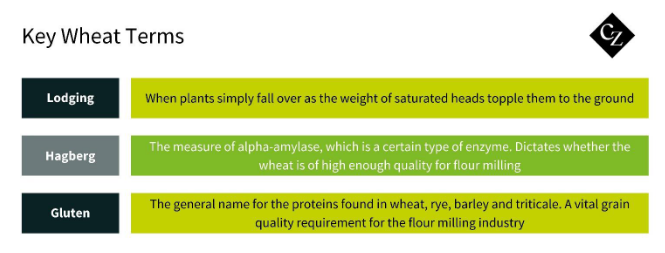
Harvest
Long, warm, clear sunshine days will be ideal for harvesting. This allows free and swift combining, without the rigors of mud or ground compaction. It also clears the night’s dew promptly in the morning, allowing long days of combining, with dry, easy to cut stems.
Warm weather also preserves the crucial moisture content of grains at or below the required level, circa 15% maximum.
Summary
As harvests gather pace, the impacts of the much-discussed stories of previous months culminate in the big harvest debate – with volume and quality being at the heart of this.
The basics of weather conditions, their respective influences on wheat through the growth stages and harvesting, together with the all-important timings, helps us to understand how good or bad a crop of wheat will be.
In part two, we will look at the crucial post-harvest work and how that influences the final destination of wheat.
